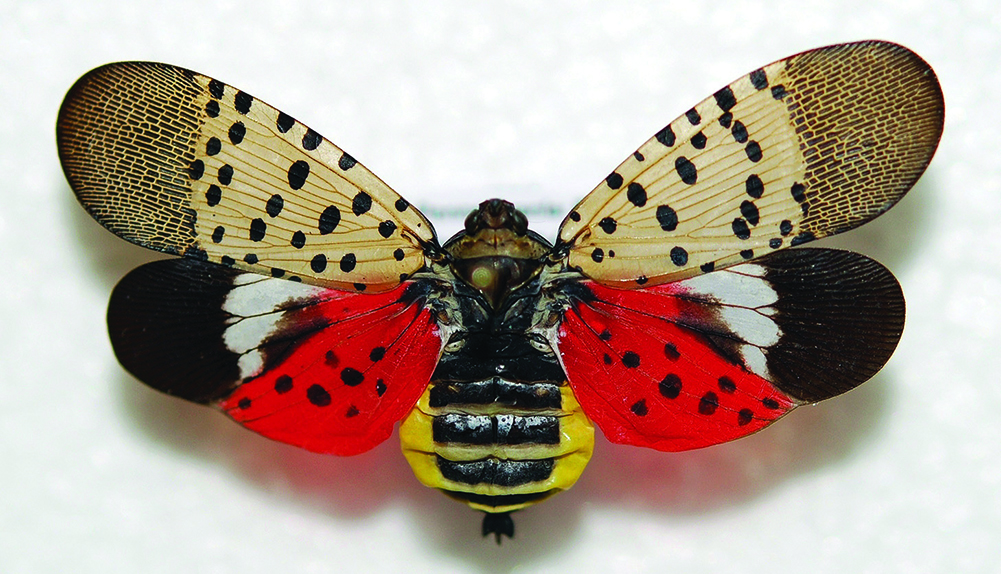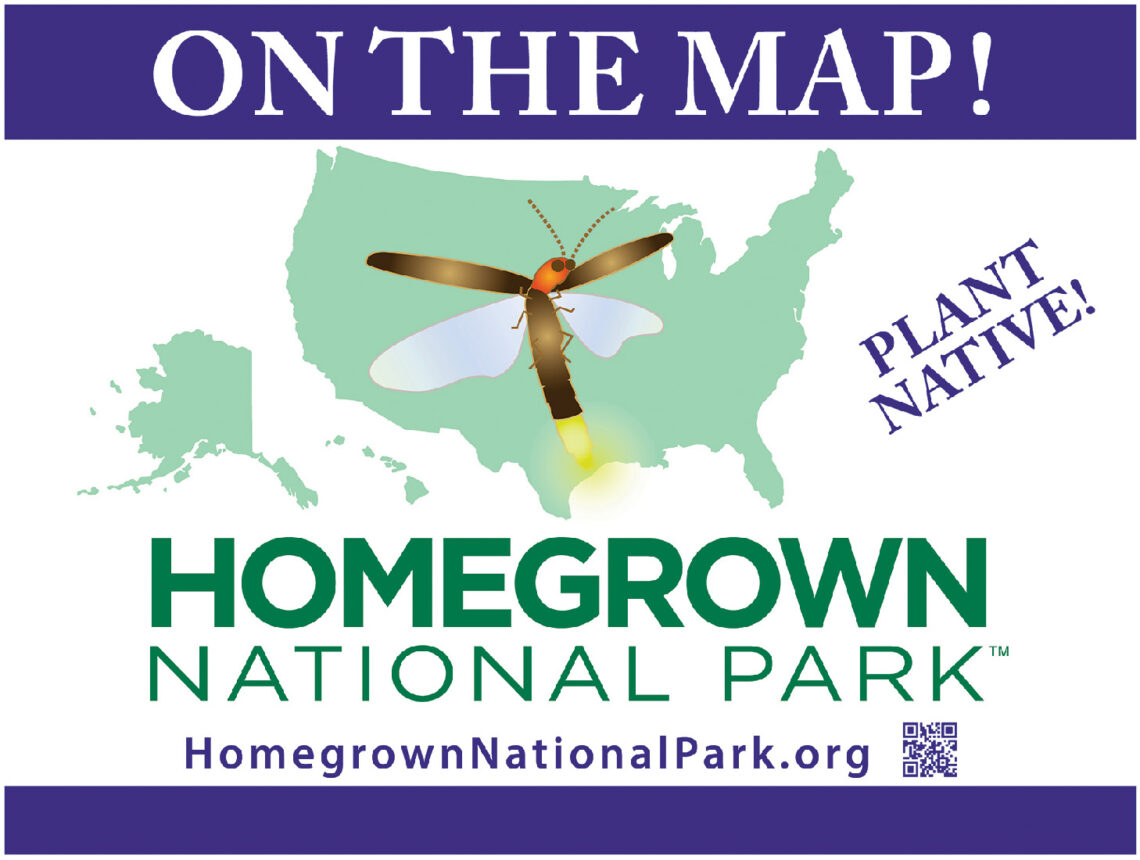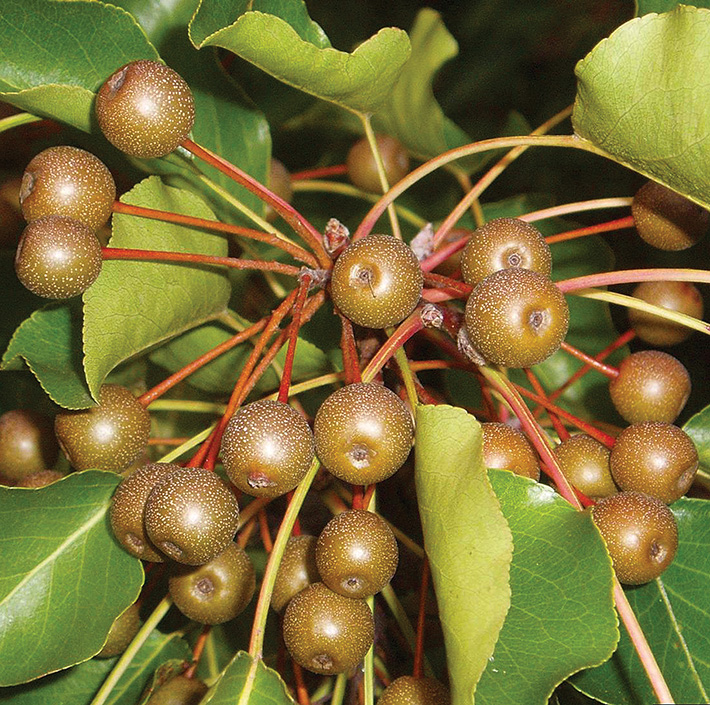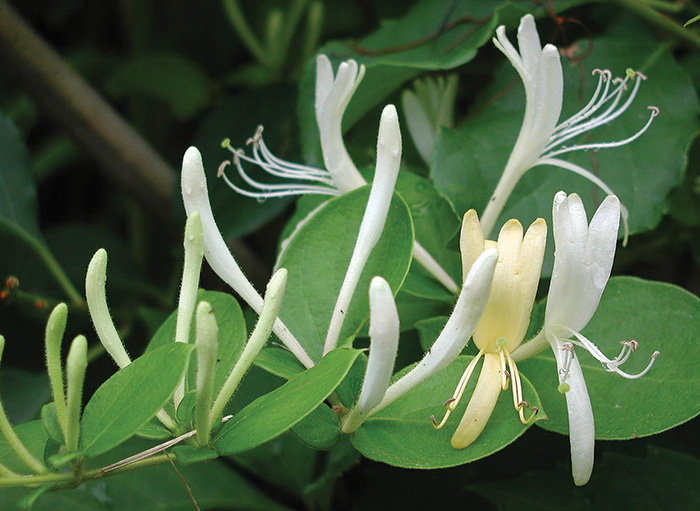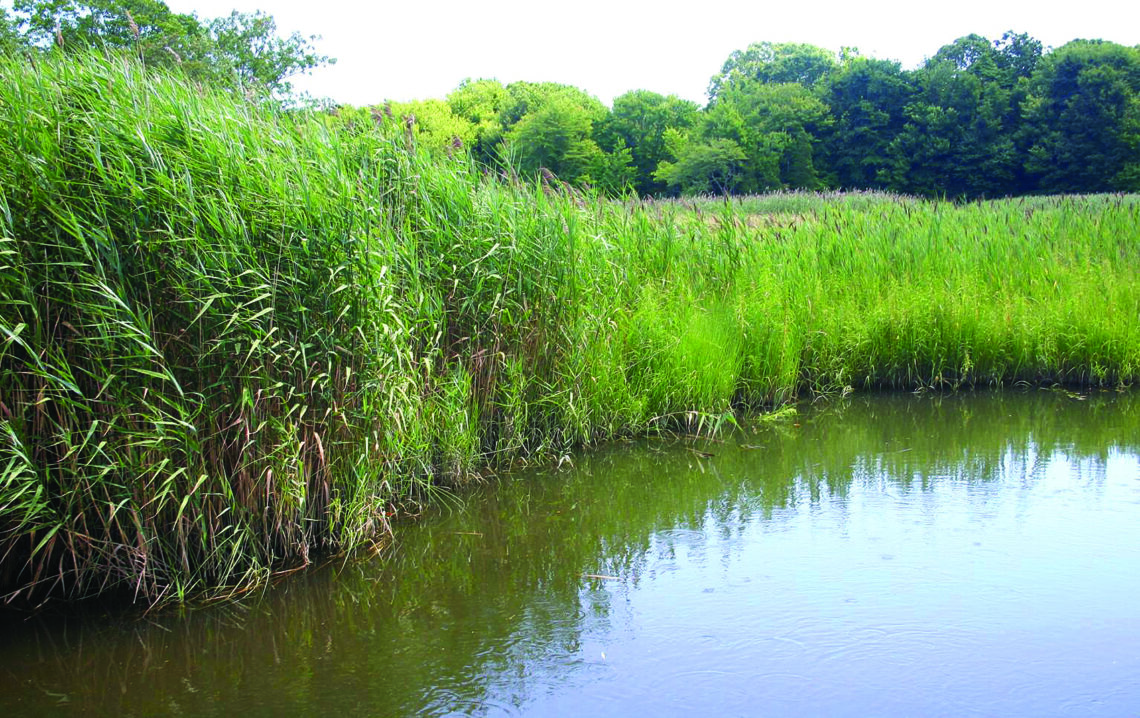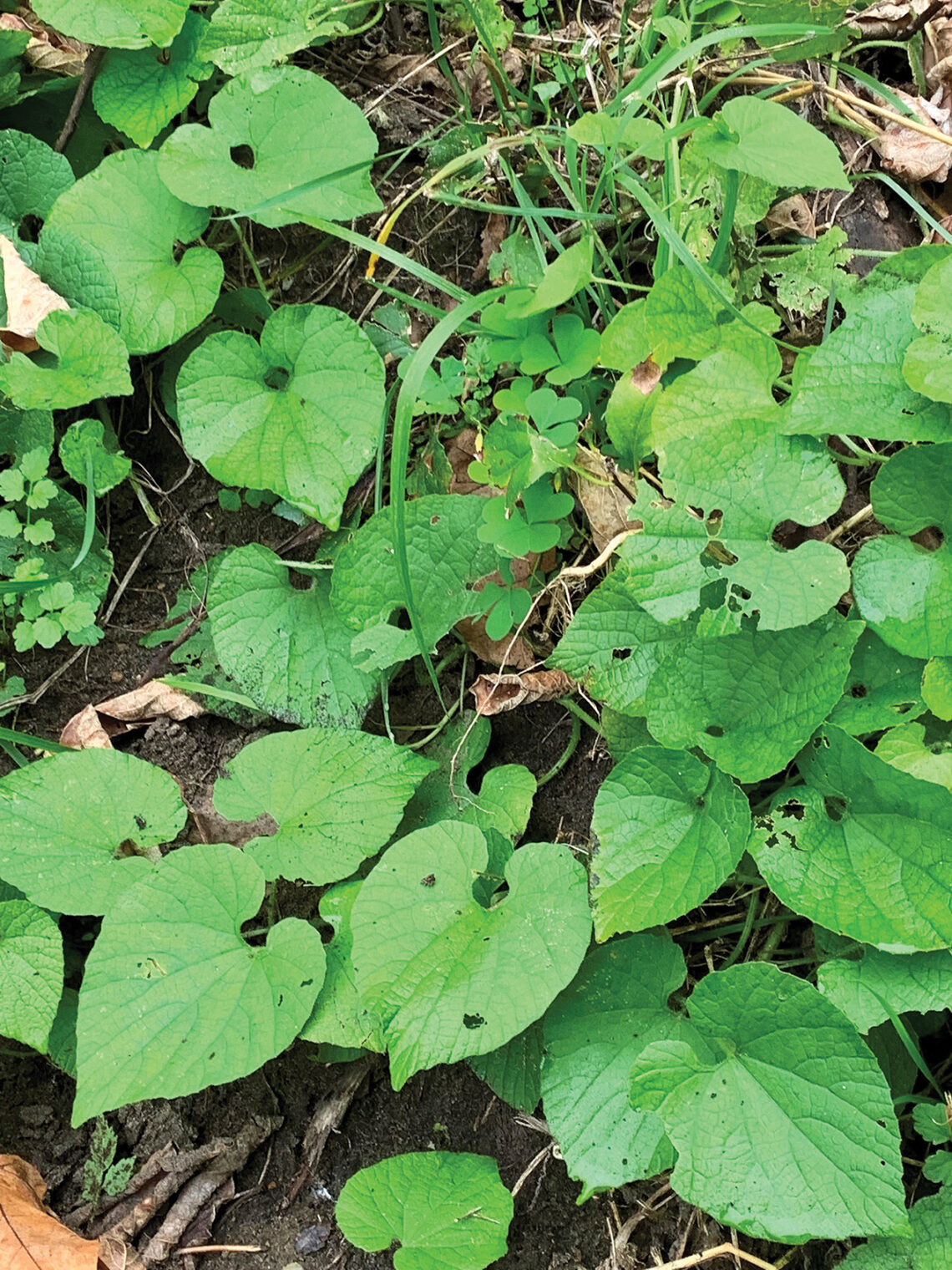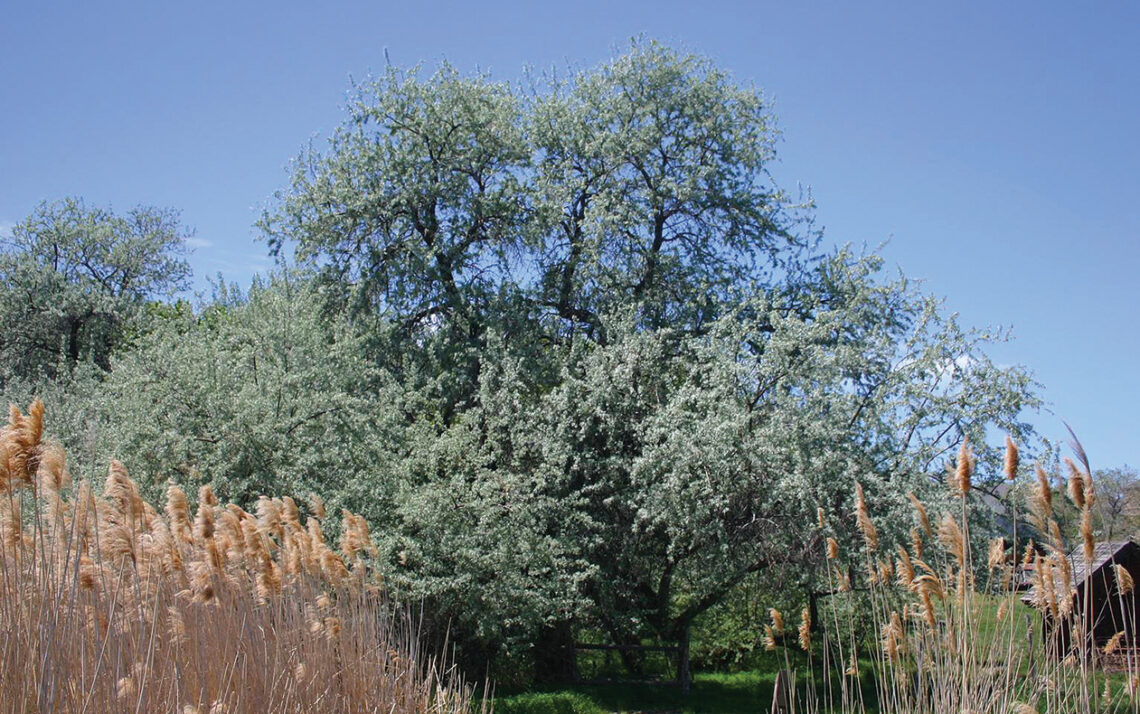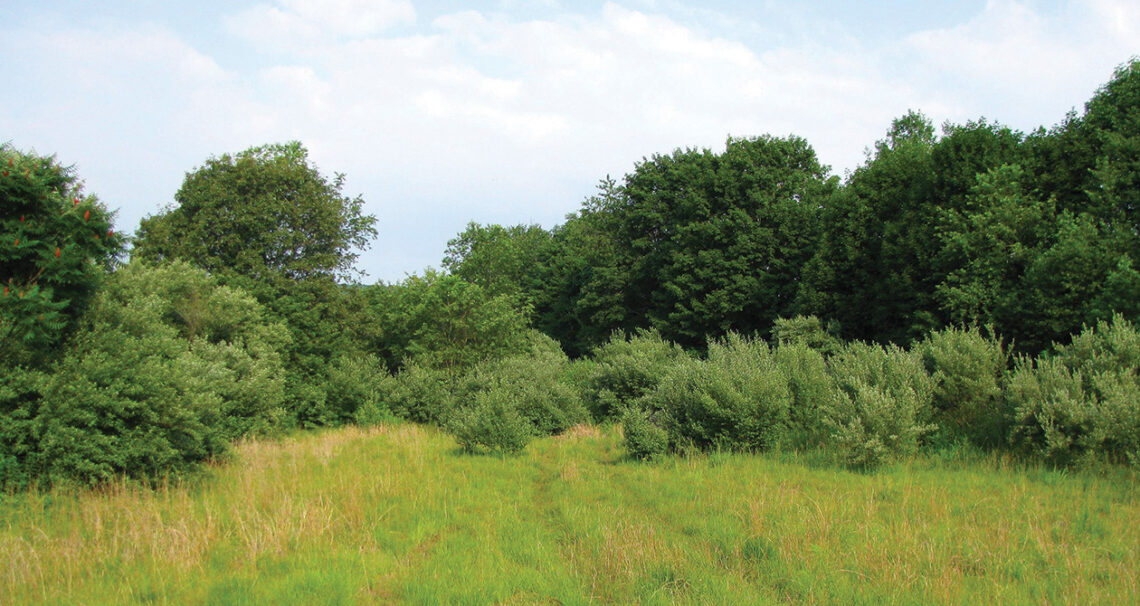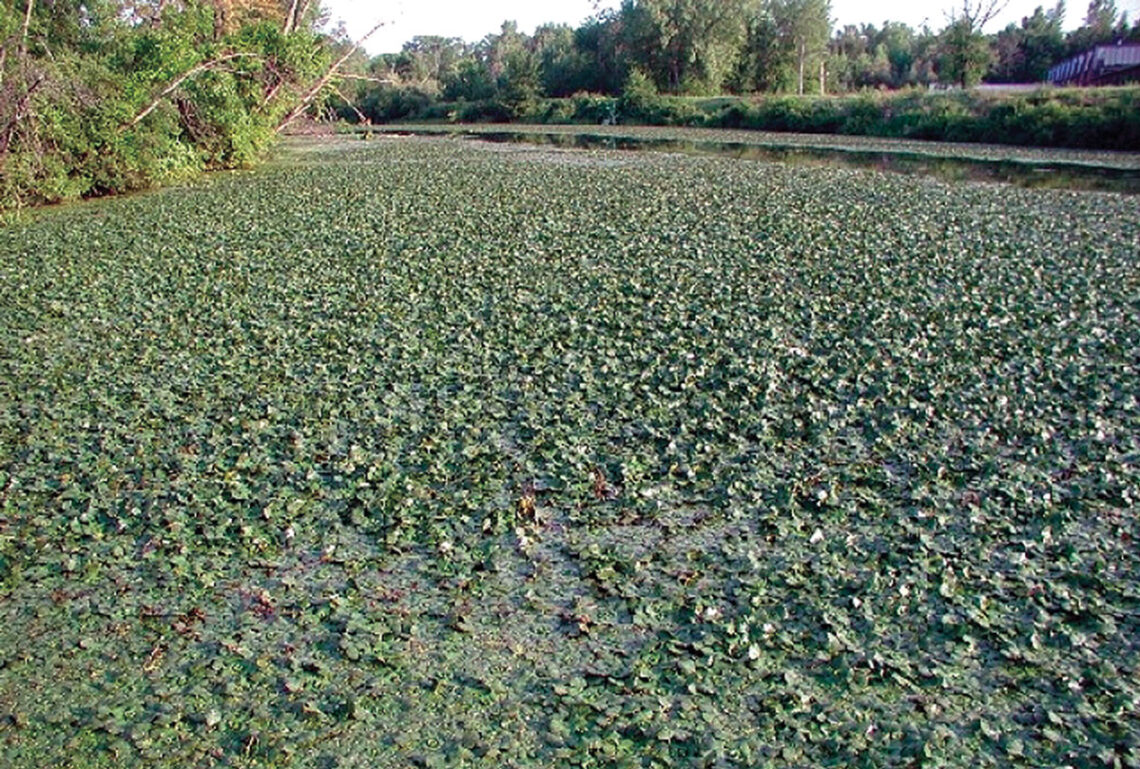The Connecticut Agricultural Experiment Station (CAES) in cooperation with USDA APHIS Plant Protection and Quarantine (PPQ) continued to detect expanding populations of the spotted lanternfly (SLF) in Connecticut through 2023. The Director of CAES hereby announces the renewal of the Order of Quarantine for SLF that was established July 1, 2021, effective January 1, 2024. More information about SLF, the quarantine order and state quarantine requirements can be found at: https://portal.ct.gov/CAES-SLF In 2020 through 2023, multiple adult SLF populations were detected in Fairfield, Hartford, Litchfield, Middlesex, New Haven, and New London Counties. The distribution of this insect continues to expand, posing a threat to the agriculture and forests of Connecticut,…
-
-
Is Your Yard on the Map?
By Kathy Connolly Millions of people will flock to national parks this summer, anticipating the oceanside cascades at Acadia, the wildlife at Yellowstone, or the views at Shenandoah. All these worthy destinations delight their visitors at the same time as they preserve extraordinary elements of the natural landscape and provide wildlife habitat. But, according to some ways of thinking, the national parks are more like nature museums than nature itself. One of those thinkers is Dr. Douglas Tallamy, whose 40 years of research have aimed to understand how insects interact with plants and how such interactions determine the diversity of animal communities. He is probably familiar to many Connecticut Gardener…
-
Potentially Invasive Callery Pear
Callery pear (Pyrus calleryana) is not officially considered invasive in Connecticut but it should be. For that to happen the Invasive Plants Council (IPC) has to place it on the official list. In Connecticut, the IPC is the body responsible for the state’s Invasive Plant List under CT General Statutes. Callery pear is on Connecticut’s “Research List” of plants about which they’d like more information. It’s considered invasive in a number of states and many sources describe it as not recommended. We add our name to that list but the horse has already left the barn. A native of China, Japan, Korea and Vietnam, Callery pear was originally brought to…
-
Invasive Honeysuckles
First off, a big thank you to the subscriber who came up to me at the CT Flower & Garden Show in Hartford in February and asked about invasive honeysuckles. I don’t know how but honeysuckles have somehow escaped being featured as an invasive in Connecticut Gardener. Until now, that is! Very tricky of it. A whopping six species of Lonicera are considered invasive in Connecticut. Perhaps the best known, Lonicera japonica (Japanese honeysuckle), is a perennial woody vine. The other five are perennial shrubs. How Do You Tell Them Apart? There are a number of botanical differences but the easiest one to remember is this … native honeysuckles have…
-
Jumping Worm Protocol
A new season of plant sales, swaps, and gardening means facing the jumping wormproblem. Avoiding New IntroductionsHere’s a compendium of broad guidelines from several university extensions and the Connecticut Agricultural Experiment Station (CAES) to help you deal responsibly with these invaders going forward. To avoid unwanted introductions, one should have a basic management protocol in place. The boxed links offer a deeper dive and can help those new to jumping worms catch up. The enemy: Jumping worms (Amynthas spp.) are smooth, glossy brown or grayish and they move more like a snake than a ‘traditional’ earthworm. They hatch in April/May from eggs in protected cocoons laid in the fall, live…
-
Connecticut’s Cryptic Invader
Phragmites australis (Common Reed), is neither a reed nor is it from Australia. It’s actually a perennial grass that probably originated in the Middle East. Be that as it may, it is one of the most prolific invasive plants in Connecticut. Phragmites probably arrived in the United States via Atlantic Coast ports in the late 18th and early 19th centuryalong with ballast in sailing ships. It can now be found in all 48 continental states and large sections of southern Canada. Common reed can grow to 15 feetor more and puts down deep roots that have spreading rhizomes. It thrives in moist conditions with plenty of direct sun. It’s a…
-
Goldencreeper Found in Kent
A CAES PRESS RELEASE The Connecticut Agricultural Experiment Station (CAES) has announced the discovery of a new non-native invasive plant in Connecticut. Scientists from CAES in collaboration with Robin Zitter and Nikolle Lizana, a local horticulturist and landscape gardener, respectively, have discovered Goldencreeper (Thladiantha dubia), a highly invasive non-native plant, in Kent. Goldencreeper, aka Manchu tuber gourd, is a member of the gourd (Cucurbitaceae) family. It is native to Northeastern China, Korea, and Russia. It is believed to have been introduced into North America as an ornamental plant. Currently, it is present in Illinois, Massachusetts, Minnesota, New Hampshire, New York, and Wisconsin inthe United States and in the provinces of…
-
Invasive Russian Olive
RUSSIAN OLIVE (Elaeagnus angustifolia) is native to southern Europe and western Asia. According to the Native Plant Trust “it has been planted extensively throughout the United States as a windbreak, ornamental shrub, soil stabilizer, and wildlife attractant.” It was brought to the United States in the early 1900s. For many years, the U.S. Soil Conservation Service (nowthe Natural Resources & Conservation Service) recommended it for wildlife habitat and as a windbreak. IdentificationRussian olive is a thorny shrub or small tree that can grow to 25 feet or higher. It prefers disturbed areas, roadsides, forest edges, meadows and fields. The lanceolate leaves are arrangedalternately. They’re 1.5-3.25 inches long with a smooth…
-
Invasive Autumn Olive
AUTUMN OLIVE (Elaeagnus umbellata) is a large deciduous shrub or small tree that’s considered invasive in Connecticut. Native to Eastern Asia, from the Himalayas to Japan and Korea, it’s also called Japanese silverberry, Japanese oleaster and cardinal olive. Introduced to the U.S. in 1917 it has been used as an ornamental but also for wildlife habitat and erosion control. In Connecticut it was routinely planted along the sides of highways. IdentificationAutumn olive can grow to 20 feet or more. It has alternate oval leaves with wavy margins. The 2-4 inch long leavesare gray-green on top and silver underneath. Some branches may have sharp thorns. The fragrant flowers are arranged in…
-
Invasive Water Chestnut
Water Chestnut (Trapa natans) infests many lakes and streams in Connecticut. Its common names include European water chestnut, water nut, horned water chestnut, water caltrop and bull nut. Native to Africa, Asia and Europe, it can be either free floating or rooted. It was first reported in North America near Concord, Massachusetts, in 1859. Its habitat includes lakes and ponds, slow-moving rivers and streams, and freshwater tidal estuaries. It prefers nutrient-rich waters less than 16 feet deep with a neutral to slightly alkaline pH. LeavesThe shiny two-inch leaves in the buoyant rosettes are triangular and have a saw-toothed edge. They connect toan inflated petiole that adds buoyancy. The leaves are…
